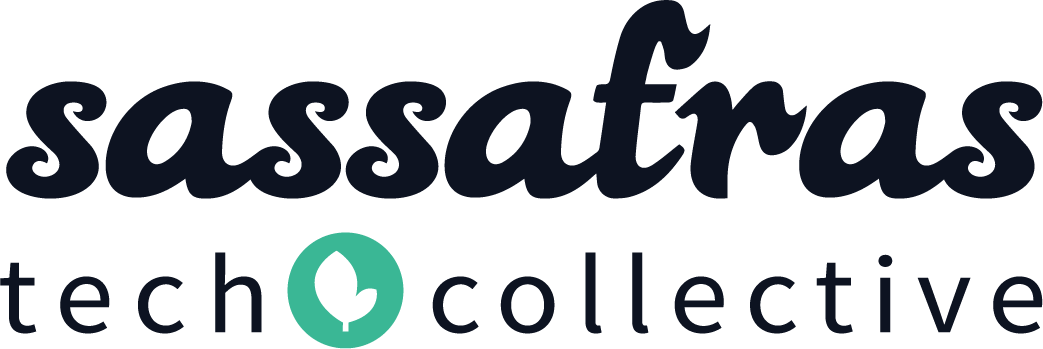A Tech Worker-Cooperative Guide to Remote Work
When people share an office in person, some things are easy to take for granted. These can include socializing and checking in, high fives, and ‘wow!’ reactions, and being aware of one another’s comings and goings. As a remote or distributed cooperative team, we intentionally build these, and more, into our work. We’re always learning and hope to keep getting better at distributed work (some of us are needing to adjust to working at home with kids right now!) Here are some of the ways that, so far, we make distributed work, work for us:
Connect socially
Scheduled social times: We gather in Zoom for an educational social time on Tuesdays to learn together and/or connect with other people and organizations. On Fridays, we play Jackbox or other remote-friendly games, or chat about fun, non-work things like what kinds of media we are watching/reading. We show up for these even on the busiest of days because we know we need these good, low-stakes times to carry us through hard things together!
Uplift slack channel: We have a channel dedicated to celebrations and gratitudes. Besides more positivity, this can help make one another’s efforts and wins visible. It helps us make sure the work we do at our individual computers is seen and appreciated.
Say hello and goodbye: We all make a point to say hello and goodbye 1:1 and in our check-in channel (see below). It’s a small but important way to connect, arrive mentally, and give closure after a hard day’s work.
Use emojis liberally: We use emojis all the time. We have added emojis to the default set for positivity and comradery. Those include a ‘thank you!’ and a ‘teamwork’ reaction. See here for adding slack emojis.
Minimize schedule friction
Individualized but consistent schedules: We each have different schedules, but we know when we can expect each of our team members to be available.
Core hours: Our individualized schedules all include being available in the middle of the day so we have enough overlap time for meetings and pairing. Outside of that we have more flexibility for our individual needs.
Check-in slack channel: we share when we’ve arrived at our desk for the day, when we’re taking a break, when we’re back from a break, and when we’re out for the day.
One default timezone: We so appreciate the flexibility of people for whom our default timezone is not their home timezone. And having one default (US Eastern) greatly reduces confusion and time spent checking and double checking which timezone we are talking about.
Have frequent pair programming
Working together outside meetings makes our work better and our day more enjoyable. Pairing also makes our code better too!
Use consistent meeting agendas
We have a meeting agenda template we love (and can’t wait to share more about on our blog!). We all know how our weekly staff meeting will begin, and how it will end. We all know the value of each item on the agenda, whether it’s a quick routine update or a tough decision.
Have meeting check-ins that cover social connection and access needs
Our beloved meeting agenda starts with a check-in that makes us laugh and/or lets us share about how we are. We also ask everyone to answer: ‘Are your access needs met, and if not what will help you participate today?’ Examples of access needs could include breaks in the agenda, not using video or using video, needing to hear another participant better, eating lunch, patience on a particularly stressful day, access to documents, using text to voice software, stepping out for a moment – whatever will help each person fully participate.
Specify clearly defined, rotating roles
Every week we take turns facilitating our staff meeting, taking notes in our staff meeting, bottomlining our social times (above), facilitating our internal work day, and taking notes for it. We update these assignments weekly so we all know what to expect.
Have an equipment budget and policy
We can all get headsets, monitors, microphones, cameras, etc that will support a good remote working experience.
Build collective responsibility
If one person is working remotely, everyone is working remotely! We have an office where half of us usually work, but we’re all responsible for how we work remotely. We’re a distributed team!
It is an on-going project to figure out and evaluate what structures, tools, and processes help us feel connected. We consider joy, fun, and care as equally important as getting our work done. We work hard. And for all the hard work and conversations we need to have together, it is critical to have a foundation of gratitude and connection, and to ensure that happens as a distributed workplace.
